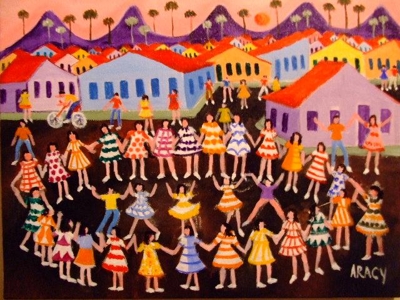O flautista de Hamelin: Explorando a história
DOI:
https://doi.org/10.5007/2175-7917.2008v13n2p39Resumo
O presente artigo tem como objetivo explorar a história O Flautista de Hamelin. Para tanto, são apresentados aspectos sociais referentes à infância da época (provável) em que foi criado o conto, bem como algumas curiosidades a respeito do mesmo. Além disso, o texto traz um relato pessoal (das autoras) de uma atividade de contação de histórias em uma creche de uma escola pública de Porto Alegre a partir da versão do livro O Flautista de Hamelin, de Tatiana Belinky. Após perguntas e conversas informais sobre o conto, foram analisadas as exposições orais das crianças. A pesquisa traz como suporte teórico, contribuições de estudos de autores ligados, principalmente à área de Literatura Infantil e Educação. Constatou-se que a história do flautista motivou intervenções representativas, uma vez que durante a atividade de contação as crianças lançavam mão de aspectos típicos de sua cultura e mostravam, ainda, o domínio que tinham de ordenação temporal dos eventos do texto, bem como a criatividade que lhes é peculiar - em sua faixa etária - de recriarem na situação do chamado faz-de-conta.
Downloads
Publicado
Como Citar
Edição
Seção
Licença
Esta revista proporciona acesso público a todo seu conteúdo, seguindo o princípio de que tornar gratuito o acesso a pesquisas gera um maior intercâmbio global de conhecimento. Tal acesso está associado a um crescimento da leitura e citação do trabalho de um autor. Para maiores informações sobre esta abordagem, visite Public Knowledge Project, projeto que desenvolveu este sistema para melhorar a qualidade acadêmica e pública da pesquisa, distribuindo o OJS assim como outros software de apoio ao sistema de publicação de acesso público a fontes acadêmicas. Os nomes e endereços de e-mail neste site serão usados exclusivamente para os propósitos da revista, não estando disponíveis para outros fins. 
Este trabalho está licenciado com uma Licença Creative Commons - Atribuição 4.0 Internacional.


